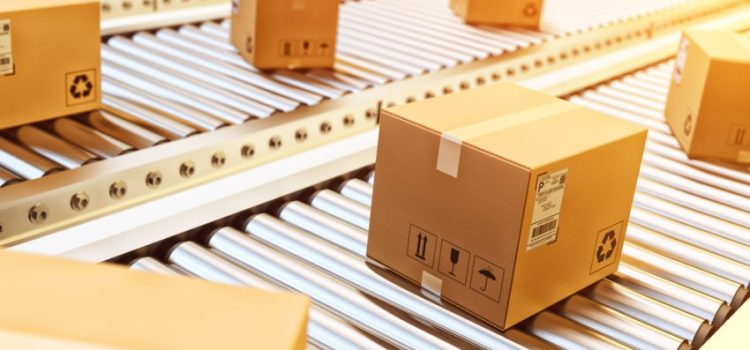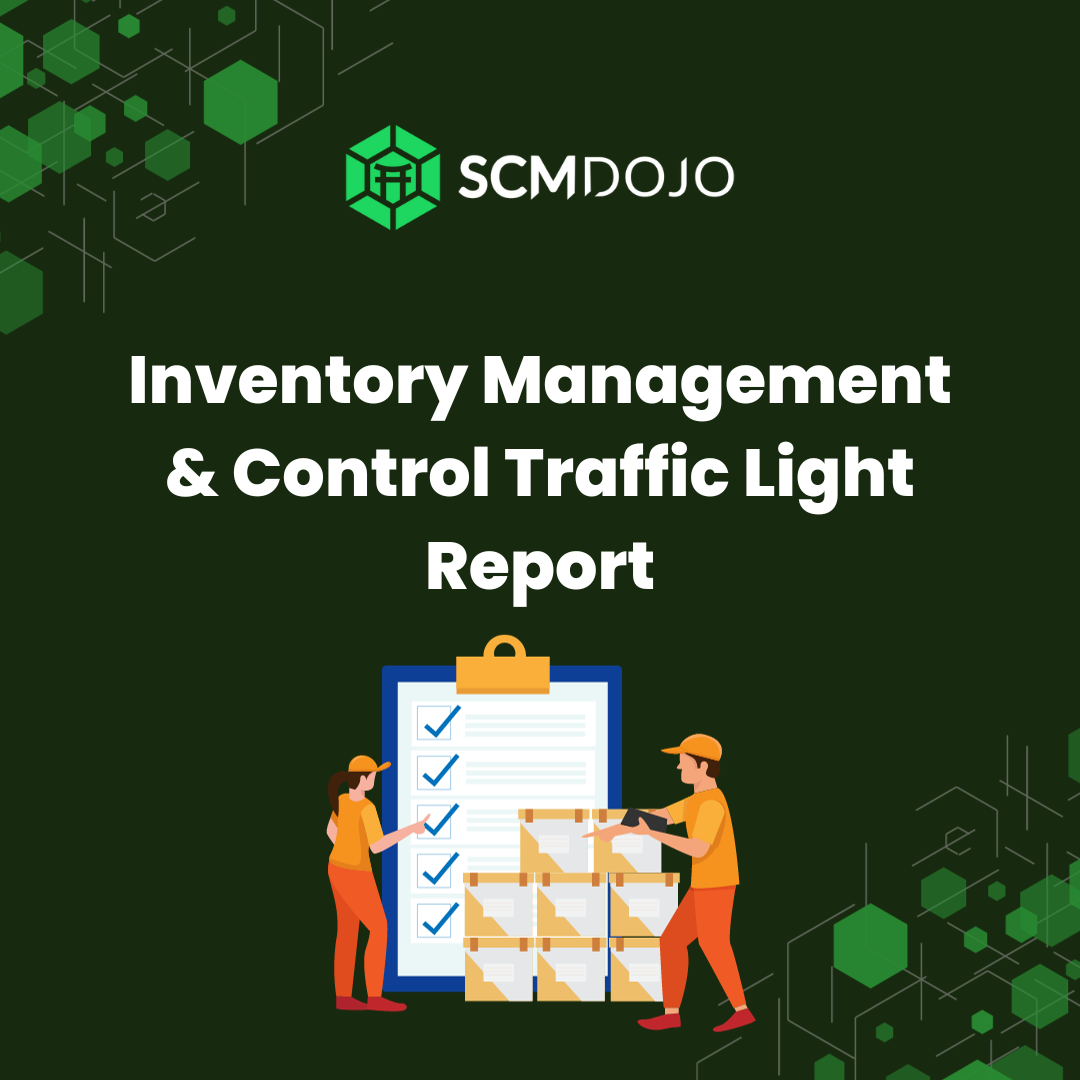As manufacturing and supply chain professionals all of us at some point had looked for Sustainable Packaging Examples.
While the world still faces dramatic environmental challenges, there has been a positive shift with states across the globe taking steps to address the problems. Shaun Bryce from Melbourne Packaging Supplies shares ways in which the packaging industry is changing and the positive impact it’s going to have on the environment
4 Sustainable Packaging Examples
-
The Adoption of OXO in Jamaica
The Jamaican Government made a bold move and imposed a ban on specific categories of plastic packaging materials. These included plastic bags, plastic drinking straws, and Styrofoam.
One of the solutions on offer in the Jamaican packaging market was there to fill the gap when the legislation was implemented. Oxo-biodegradable plastic (OXO) emerged as a prime solution thanks to its unique features. The OXO plastic degrades when it is discarded as litter and deteriorates more quickly than traditional plastics.
The reason is the polymers in OXO plastic contain prodegradant catalysts. These ingredients enable them to degrade and biodegrade when placed in an open environment. For those looking for degradable plastics as a solution for their industrial packaging needs, it opens up possibilities. The shelf life of the material can be determined at manufacture and primed to degrade when in the open environment. OXO plastic packaging weighs the same as conventional plastic, is the same strength and can be recycled along with other plastic waste. This is one of those sustainable packaging examples where the most environmentally troublesome materials are used.
2. Innovation in Industrial Barrier Film Solutions
Protecting product aroma and scent from being contaminated is a challenge. Mondi has launched a new industrial barrier film solution that will help businesses reduce the amount of packaging required to do this. This will help them achieve sustainability goals by reducing the impact and scale of shipping products.
The product range includes pre-formed tubes and bags that make use of blown film extrusion technology and have a unique film structure. It makes them more stable and offers improved product protection and improved material stability. The multilayer films include a nylon, which creates an impenetrable barrier for moisture, scent and gas.
The sealed films are more durable and tighter than conventional alternatives. They are also able to extend the shelf life of products, which makes them a viable option for foods, cosmetics, and the chemical and agricultural industries. Lines include a pre-formed tube with side gussets. These can be used in automated form, fill and sealing production and can be printed on in six shades. They also offer the benefit of anti-slip embossing, which can simplify the palletization process.
Other films can be used for pre-formed bags that need to be filled manually. They are resistant to flex-cracks, which makes them a suitable alternative to aluminum. They will prove to be popular with pet food companies and the pharmaceutical market. They can also be printed on in up to six colours.
3. New Heavy-duty Fiber for Soft Robotics and Packaging Materials
Researchers at North Carolina State University have developed a new heavy-duty fiber that has the elasticity of rubber combined with the strength of a metal. They say that the fiber has the best of both worlds. It has improved stretch without losing the ability to endure strain. This is thanks to a gallium metal core covered by elastic polymers.
The polymer sheath absorbs the strain that occurs in breaks in the metal caused by tension. They then transfer the stress back to the metal core. In practice, this means the fiber won’t snap and drop heavy weights. Instead, it would release energy through internal breaks repeatedly. The fiber would lower the weight slowly and steadily, says the research team.
The gallium core is also conductive. They are excited by its potential use in soft robotics and how it can be woven into textiles.
4. Coconut Fibre is the Business
Coconut fibre is used to make coquim. Natural latex that is made from the sap of the rubber tree is also added to produce the final material. The good news is that it is renewable and fully biodegradable. It’s also safe, which means it can be used for cooking (pots), and the manufacture of plates and blankets. Coconut fibre, or coir, is the fibrous material between the internal shell and the outer coat of the coconut. It is relatively waterproof and is resistant to seawater.
The material was inspired by xaxim, which is used to make pots. It uses raw material sourced from a fern plant, which is now endangered and therefore can no longer be exploited for commercial use. Coquim has similar properties to xaxim. It can retain water and nutrients and is a natural fungicide.
As a natural fibre the popularity of coquim is increasing and it’s being used in footwear, architecture, the automobile industry and more. It’s also being used for industrial packaging, where it is making a big impact as a substitute for synthetic, polluting and non-renewable materials. This is one of those sustainable packaging examples which I am sure not many people are aware about it!
A sustainable supply chain is the result of processes that meets the needs of the present without compromising the ability of future generations to meet their own needs. These Sustainable Packaging Examples is one process step toward that and we all should use these examples to get inspired and think towards how to achieve Sustainable Packaging for our products.
Tubi – Watch Free Movies & TV Shows
Recommended Reading
Designing Sustainable Packaging
About the Author- Dr Muddassir Ahmed
Dr MuddassirAhmed is the Founder & CEO of SCMDOJO. He is a global speaker, vlogger and supply chain industry expert with 17 years of experience in the Manufacturing Industry in the UK, Europe, the Middle East and South East Asia in various Supply Chain leadership roles. Dr. Muddassir has received a PhD in Management Science from Lancaster University Management School. Muddassir is a Six Sigma black belt and founded the leading supply chain platform SCMDOJO to enable supply chain professionals and teams to thrive by providing best-in-class knowledge content, tools and access to experts.
You can follow him on LinkedIn, Facebook, Twitter or Instagram









